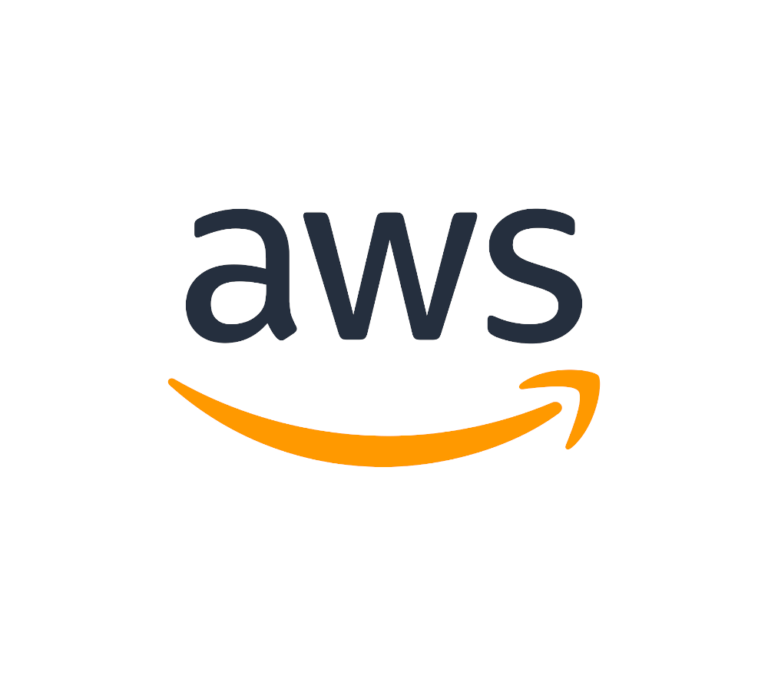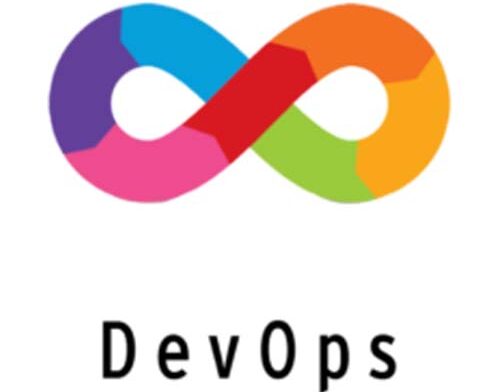AWS Training
Larger enterprises that need specific cloud-based skills are usually committed to solutions from specific service providers like AWS. So, AWS course is best choice to start carrer in IT! Join us today to get a life-changing career opportunity!


Cloudcomputing

On/Offline

3-6 month
Weekdays/Weekend



In our AWS DevOps course in Chennai, we provide comprehensive coverage of:
Our AWS DevOps course ensures that you gain proficiency in key tools and techniques, including:
The AWS DevOps Engineer Certificate is issued by AWS to professionals who successfully demonstrate their expertise and knowledge by passing the AWS DevOps Certification examination.
To successfully pass the AWS DevOps Certification exam, candidates need to have a strong understanding of AWS DevOps and practical experience with the AWS platform.
The AWS DevOps Certification examination can be challenging. However, our expert-guided training will provide you with the necessary knowledge and skills through live video lessons and industry-grade projects. This will definitely help you to clear the certification examination with ease.
To become an AWS Certified DevOps Engineer – Professional, follow these steps:



